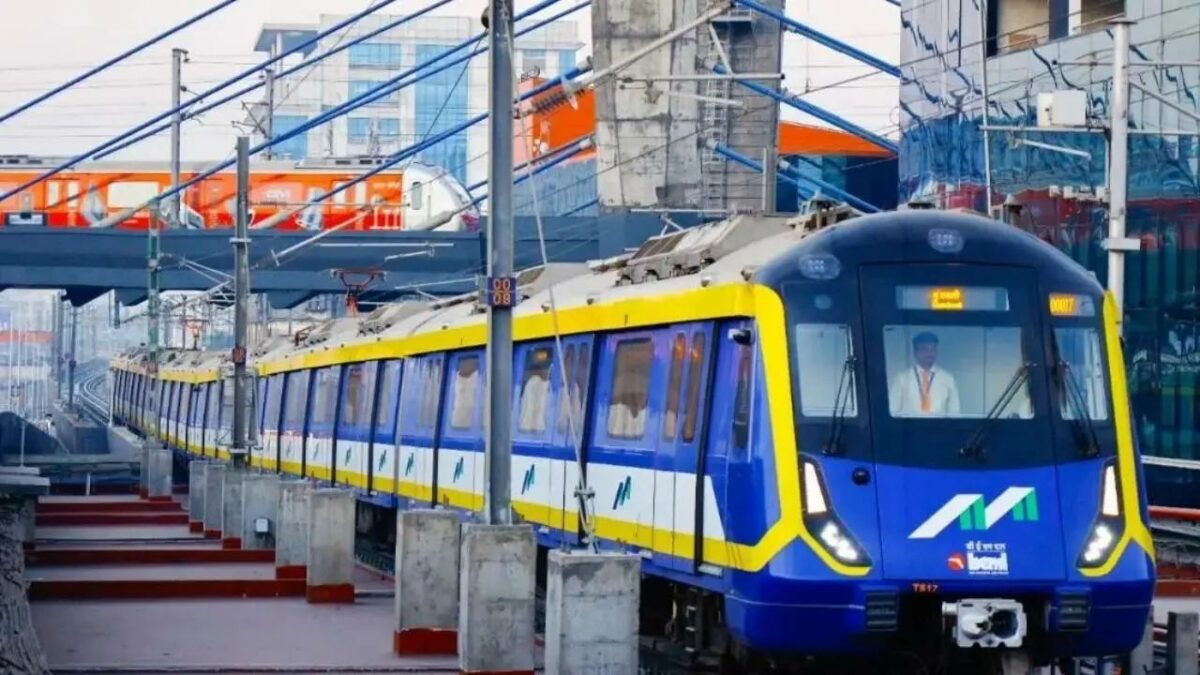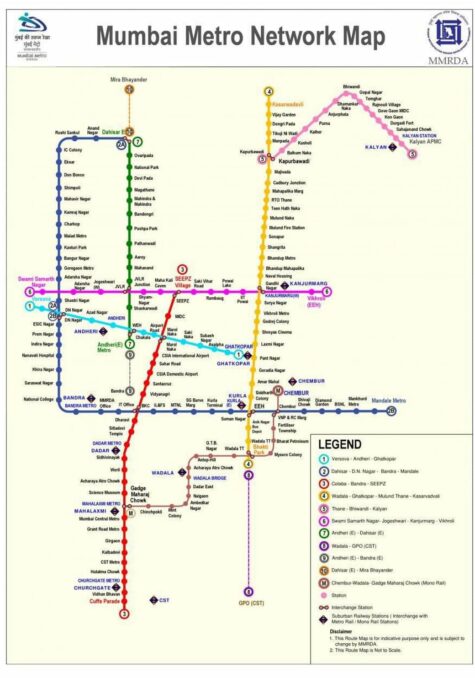In a significant move to enhance public transit connectivity, Mumbai is all set to witness the construction of an underground pedestrian subway that will revolutionize commuting in the city. This 365-meter-long pathway will directly connect passengers at Chhatrapati Shivaji Maharaj Terminus (CSMT) to the Aqua Line metro station, streamlining passenger movement and providing convenient access to both the Central Railway and the Colaba-Bandra-Seepz Metro-3. The project, recently approved by the state government, is a collaborative effort between the Maharashtra government and the Indian Railways, aimed at elevating the efficiency of Mumbai’s public transportation network.
Enhancing Commuting Experience

The construction of the underground pedestrian subway promises to be a game-changer for commuters in Mumbai. With the new subway, travelers will no longer have to navigate busy roads to reach either the railway station or the metro station, making their daily commute safer and more efficient. This seamless transition will not only save time but also reduce the risk of accidents and congestion, improving overall traffic flow in the city.
Additionally, the subway’s modern amenities, including travelators, lifts, escalators, refreshment sections, and toilet facilities, will enhance the overall commuting experience for passengers. The inclusion of such facilities ensures that commuters can travel comfortably and conveniently, even during peak hours.
Moreover, by offering exclusive access through access cards to Central Railway and Metro-3 commuters, the subway will prioritize their needs and further streamline passenger movement. This access-controlled approach not only ensures smooth passage but also addresses concerns of encroachment, promoting a clean and well-maintained environment for commuters.
With the collaborative effort between the Maharashtra government and the Indian Railways, the project signifies a unified commitment to improving public transit connectivity in Mumbai. As engineering and technical planning proceed, citizens eagerly await the successful implementation of this transformative project, anticipating its positive impact on the city’s public transportation network and overall quality of life.
Government Collaboration and Prospective Timeline
The state government’s approval of the project signifies its commitment to improving public transit connectivity in Mumbai. The collaborative effort between the Maharashtra government and the Indian Railways showcases a unified approach towards bettering the city’s infrastructure. The underground pathway will initiate from platform number 1 of CSMT, traverse beneath the Himalaya Bridge, and culminate at Azad Maidan, where the CSMT metro station is currently under construction.
While the exact cost, commencement date, and completion timeline are yet to be finalized, the Mumbai Metro Rail Corporation Limited (MMRCL) will oversee the construction of this access-controlled pedestrian subway. The spokesperson of MMRCL expressed enthusiasm for the project and assured that the Maharashtra government and the Indian Railways would jointly bear the construction costs. As engineering and technical planning proceed, citizens eagerly await the successful implementation of this transformative project.
Fostering a More Interconnected Mumbai

With the construction of this revolutionary pedestrian subway, Mumbai takes a significant stride towards becoming a more interconnected and accessible city. The new infrastructure promises to streamline public transportation, reducing travel time and enhancing convenience for thousands of daily commuters. By fostering better connectivity between Central Railway and Metro-3, the subway will encourage more people to opt for public transit, easing traffic congestion and reducing the city’s carbon footprint.
As the project progresses towards completion, citizens eagerly anticipate the benefits of this modern infrastructure. The underground subway represents a crucial step in Mumbai’s journey to embrace sustainable and efficient public transportation solutions. The Maharashtra government and the Indian Railways’ collaborative effort sends a positive signal to citizens about the administration’s commitment to improving the city’s infrastructure and the quality of life for its residents.
Mumbai’s 365-meter pedestrian subway holds immense potential to revolutionize commuting, bringing new levels of comfort and convenience for daily travelers. With its modern amenities and exclusive access system, the subway promises to elevate Mumbai’s public transportation system, fostering a more interconnected and accessible city for all its residents.













